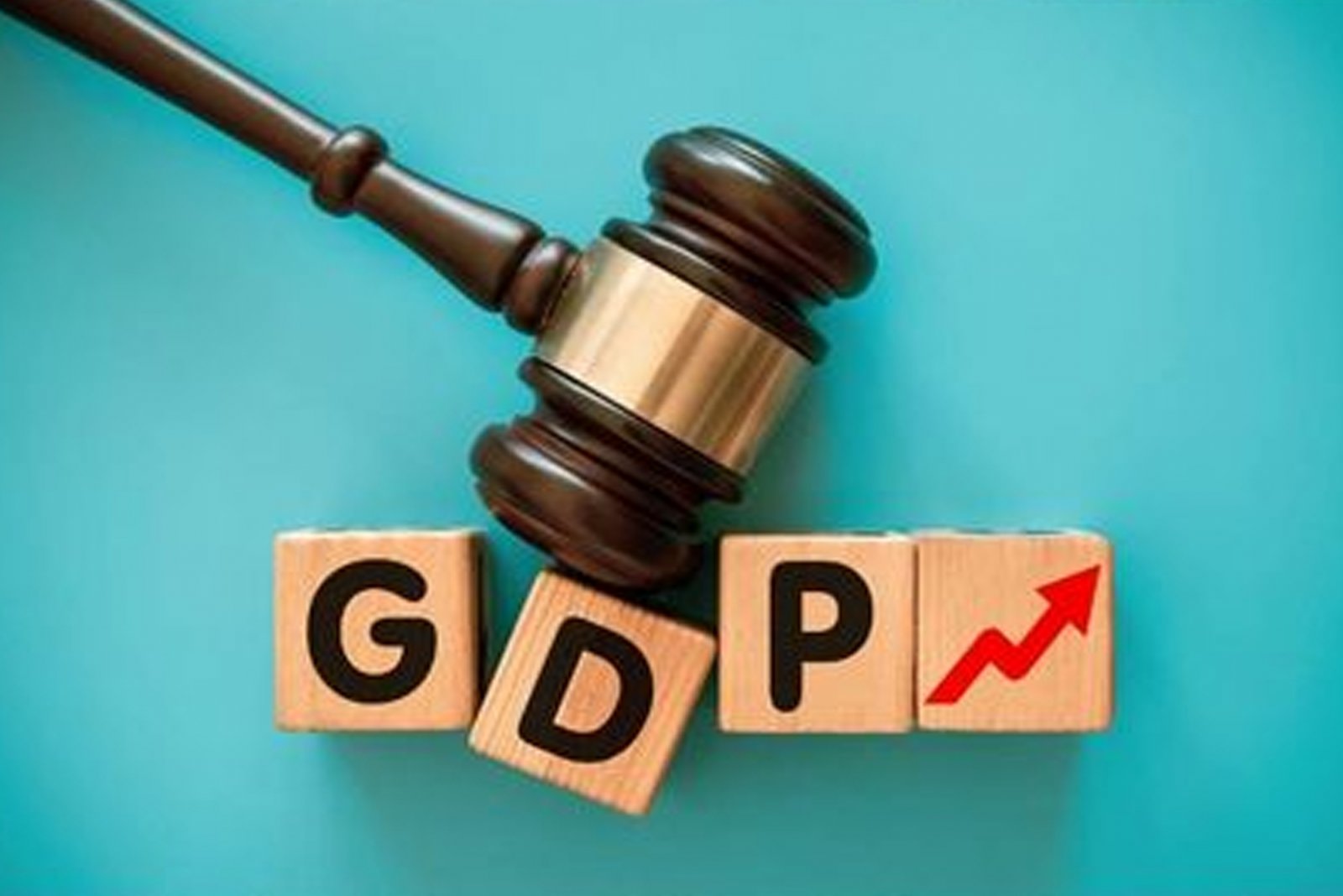Looking at the economy from figures, American GDP
GDP, namely gross domestic product, is one of the core indicators to measure a country's economic performance. Represents the total value of all final goods and services produced by a country's economy in a specific period (usually a season or a year). In the United States, changes in GDP are often used to assess economic health.
How to interpret American GDP?
The easiest way to understand American GDP is to observe its growth rate. GDP growth rate higher than 2-3% is usually considered as healthy economic growth, which means that economic activities are stable and the job market is strong. If the growth rate is lower than this range, we may need to pay attention to the risks that the economy may face.
Why is American GDP so important?
Data will directly affect people's living standards. When GDP grows, it usually means more employment opportunities, higher wages and richer choices of goods and services; On the contrary, the decline in GDP may lead to an increase in unemployment, a decrease in wages and an increase in the cost of living.
Governments and economists often use GDP data for economic analysis and policy formulation. GDP growth rate is an important reference for formulating fiscal and monetary policies, which helps the government to regulate the economy, promote employment and stabilize prices.
As the world's largest economy, GDP also has a profound impact on the global economy. When the US economy is strong, exports and investments from other countries are usually boosted.
Limitations of GDP:
GDP only calculates the value of market transactions, ignoring the economic value of non-market activities such as family labor self-sufficiency and voluntary service.
GDP can't reflect the inequality of income distribution within a country. Even if GDP grows, there may be the problem of uneven income distribution.
Previous Article Next Article


 Whatsapp
Whatsapp Telegram
Telegram
